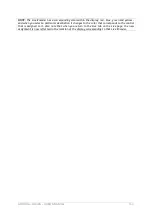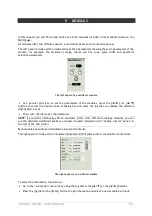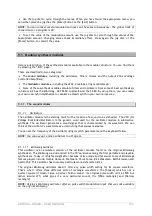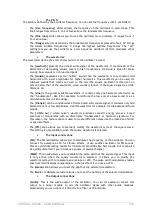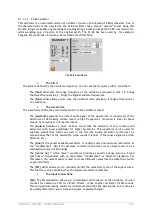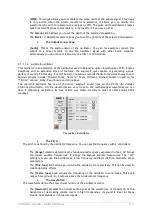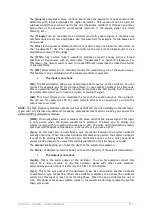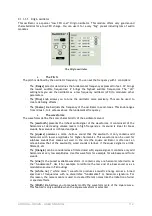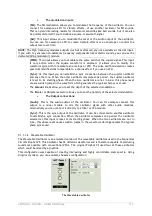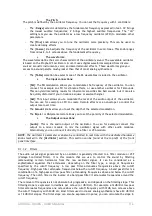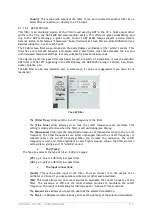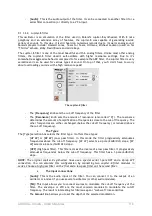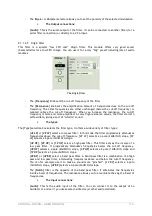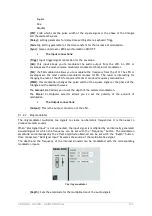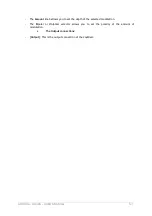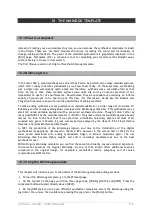
ARTURIA – ORIGIN – USER’S MANUAL
116
-
[
Audio
]: This is the audio output of the filter. It can be connected to another filter (for a
serial filter connection) or directly to a VCA input.
9.1.1.2.2
ARP 2600 filter
This filter is an emulated version of the filter found used by ARP in the 70’s. Unlike most other
synths in the 70’s, the ARP 2600 had semi modular design. This offered a great tweakability, and
due to the ARP technology, a great sound. Some of ARP 2600s famous players include: Herbie
Hancock (listen to his famous “Chameleon” bass), Underworld, Steve Porcaro, Mike Oldfield and Joe
Zawinul (using two, one for each hand).
The 12 dB/octave filter was produced on the early Odyssey synthesizers (the “white” version). This
filter has a very smooth behavior, and unlike most 4-pole filters, does not attenuate the low end
with increased resonance settings. It is very suitable for bass and lead sounds.
The original 4-pole low pass filter was based around a cascade of integrators. It was the standard
ARP filter in 1976-1977, appearing in the Mk3 Odyssey, the ARP 2600 (“orange” version), Axe, Omni,
Avatar, Quadra, etc…
The ARP filter can be very selective and, in some ways, it can be very aggressive if you use a lot of
resonance!
The ARP filter
-
The [
Filter
Freq.
] slider sets the cut-off frequency of the filter.
-
The [
Fine Tune
] slider allows you to tune the cutoff frequency more precisely. This
setting is mostly effective when the filter is self oscillating (see below).
-
The [
Resonance
] slider sets the amplification amount of frequencies close to the cut-off
frequency. The other frequencies are either unchanged (below the cut-off frequency) or
reduced (above the cut-off frequency).When you increase the resonance, the cutoff
frequency is more and more amplified. At very high resonance values, the filter starts to
self oscillate, giving a sort of “whistle” sound.
•
The [Type]:
The Type box selects the type of filter. It offers 2 types:
-
[
2P L
], a 2-pole (12 dB/Oct) low pass filter.
-
[
4P L
], a 4-pole (24 dB/Oct] low pass filter.
•
The Input connections:
-
[
Audio
]: This is the audio input of the filter. You can connect it to the output of an
oscillator or a mixer if you use several oscillators (or other audio modules).
-
[
FM
]: This input allows you to connect sources to modulate the cut-off frequency of the
filter. The envelope or LFO are the most common modules to modulate the cutoff
frequency. The result is interesting for filter sweeps or “wah-wah” like sonorities.
-
The
Amount
knob allows you to set the depth of the selected modulation.
-
The
Bi
polar or
Uni
polar selector allows you to set the polarity of the selected modulation.


